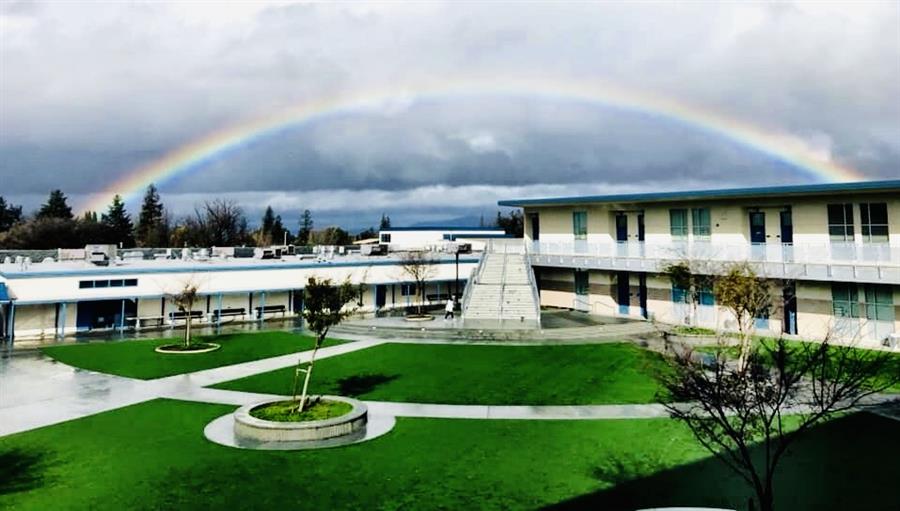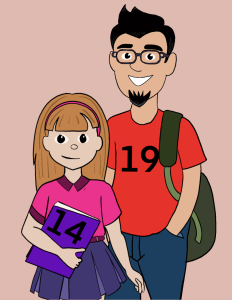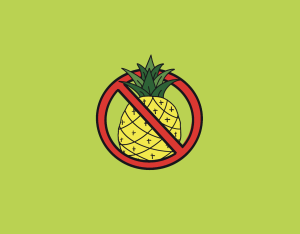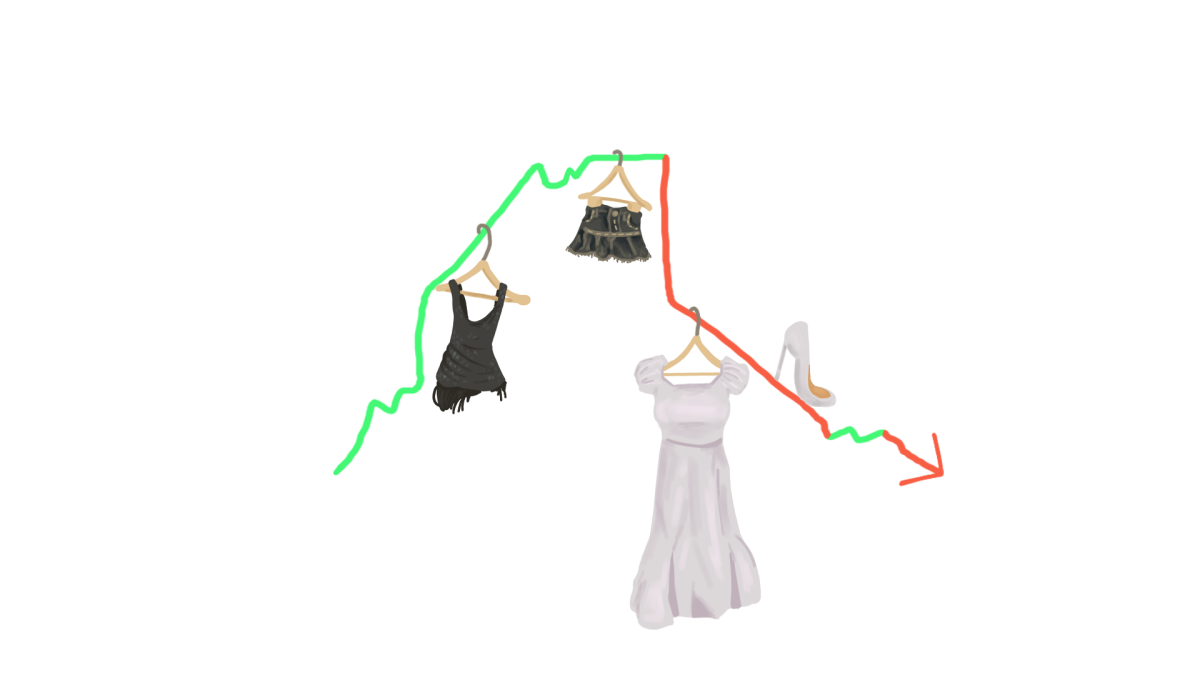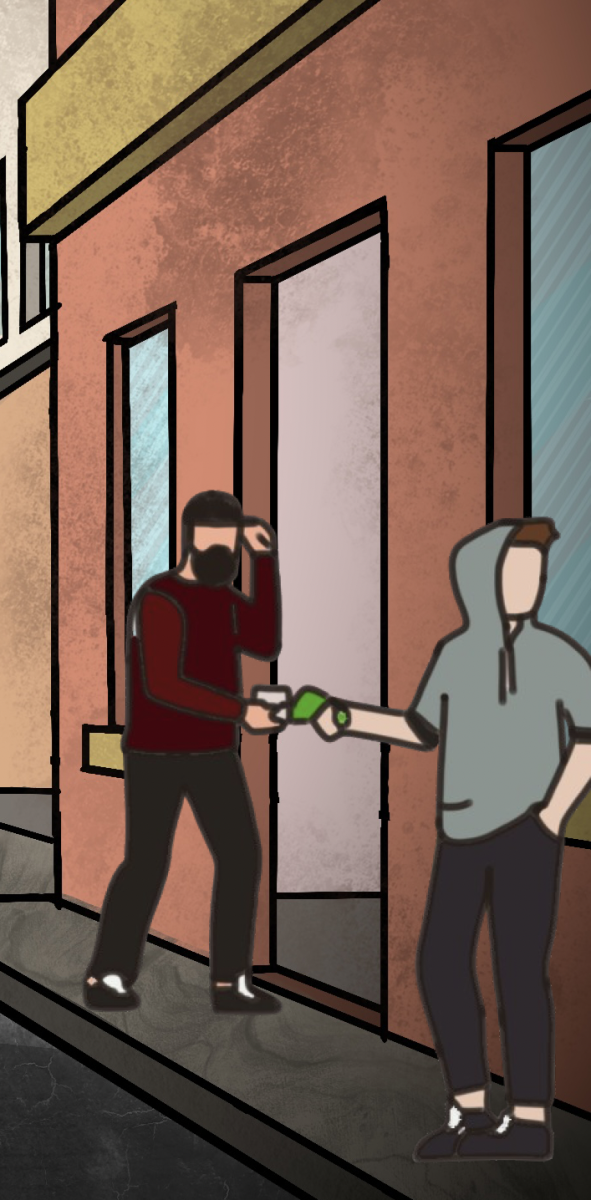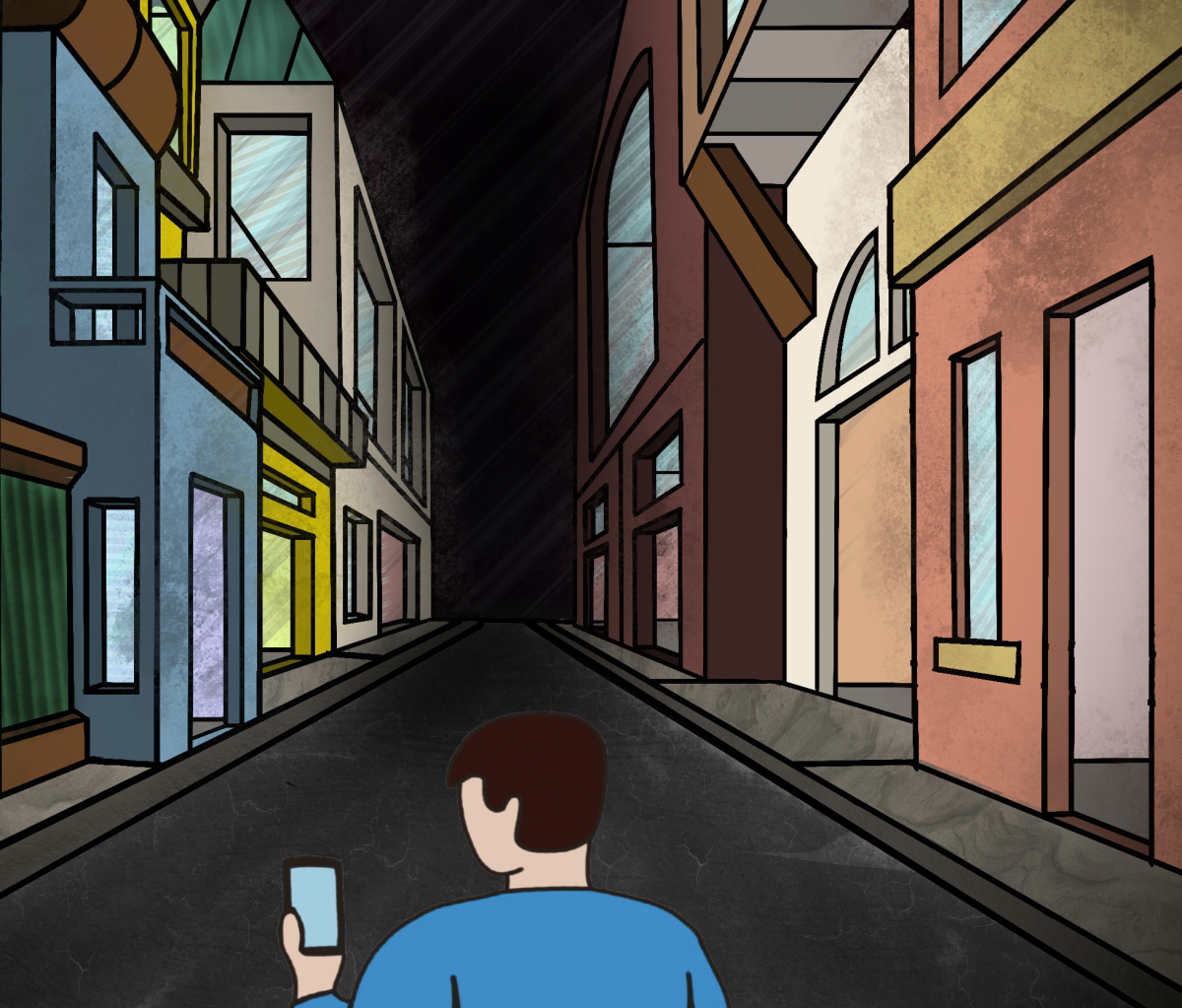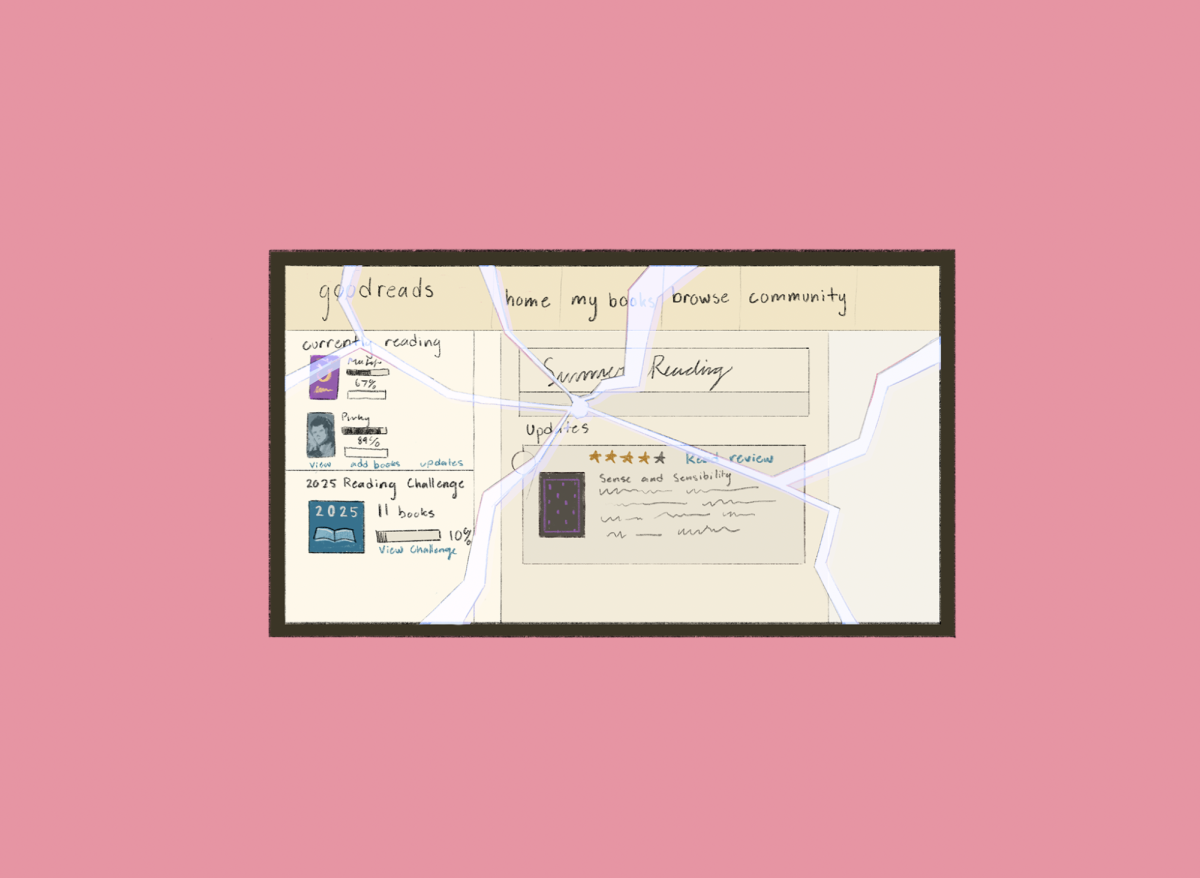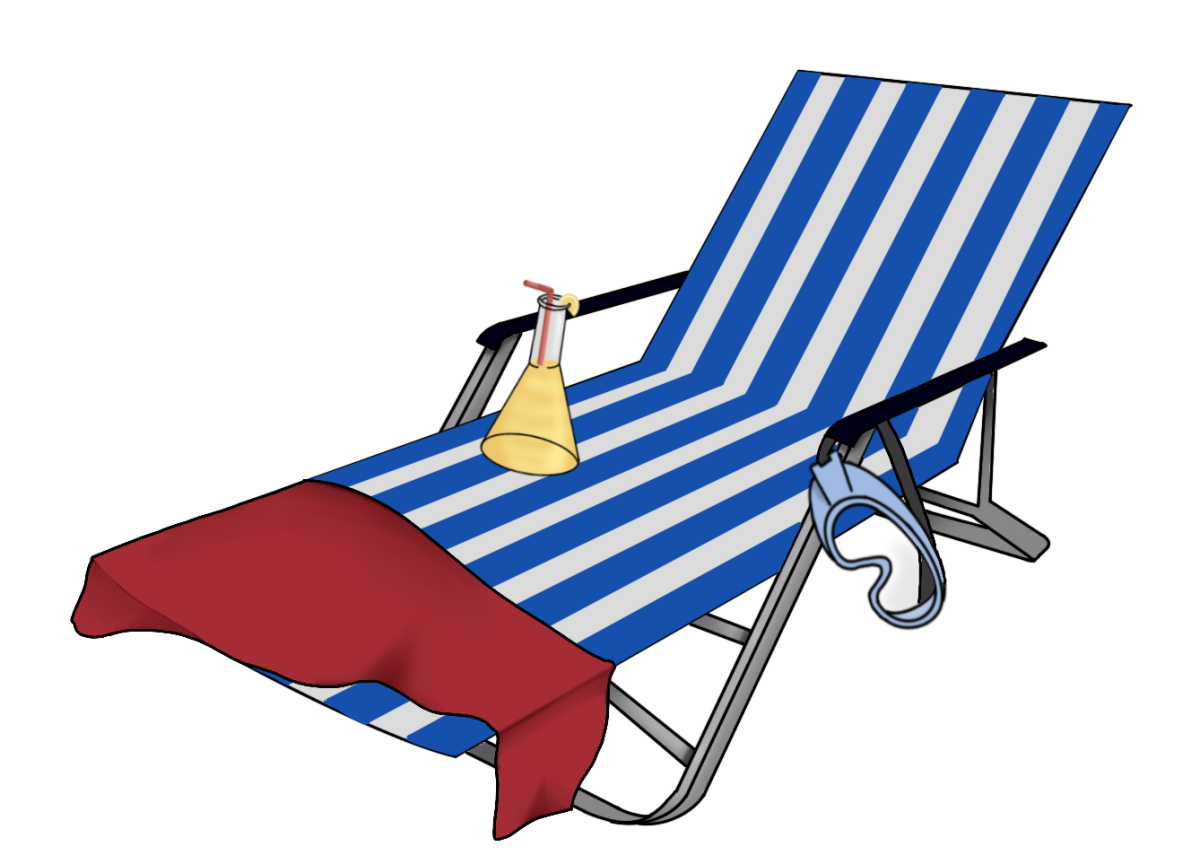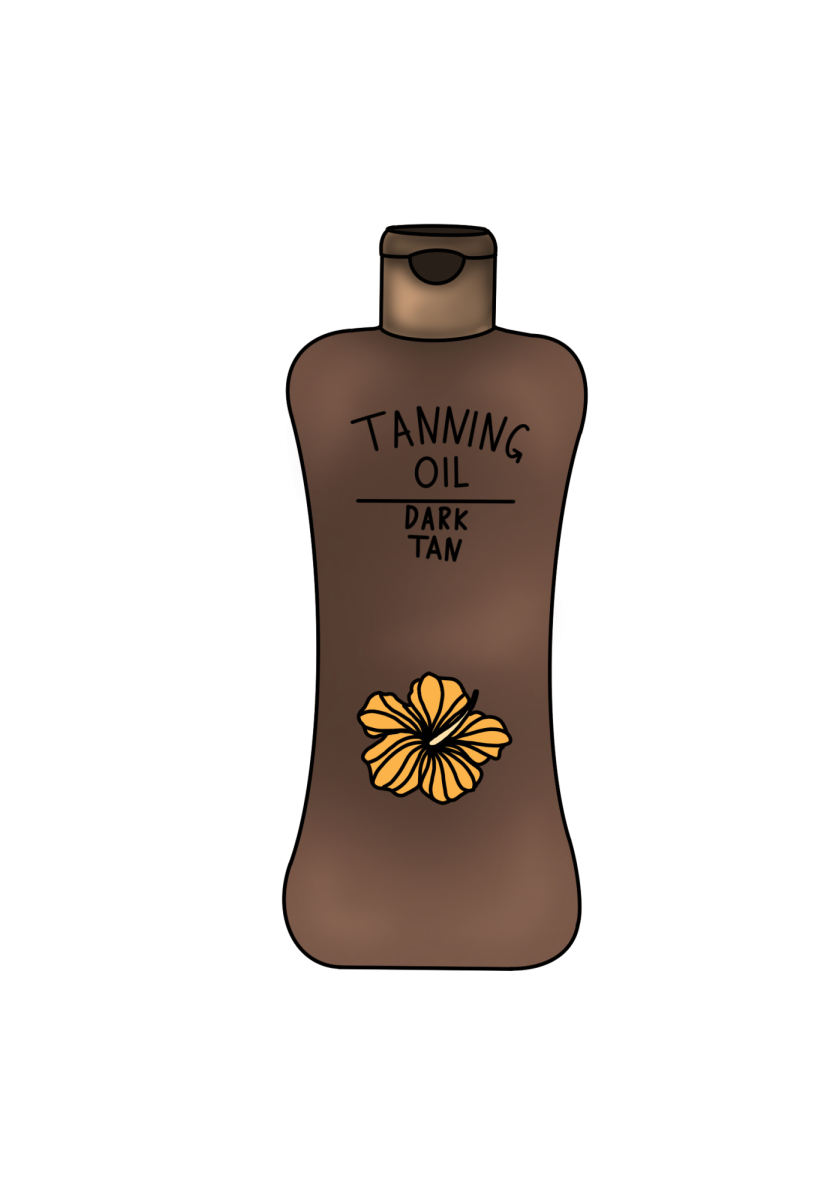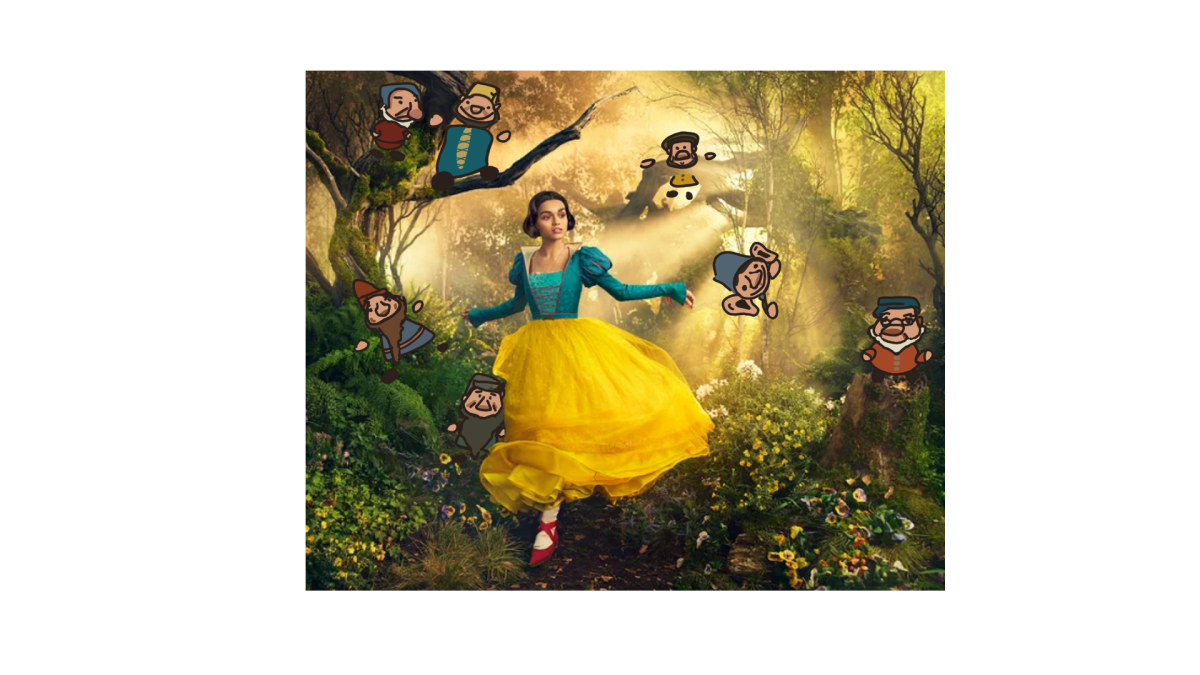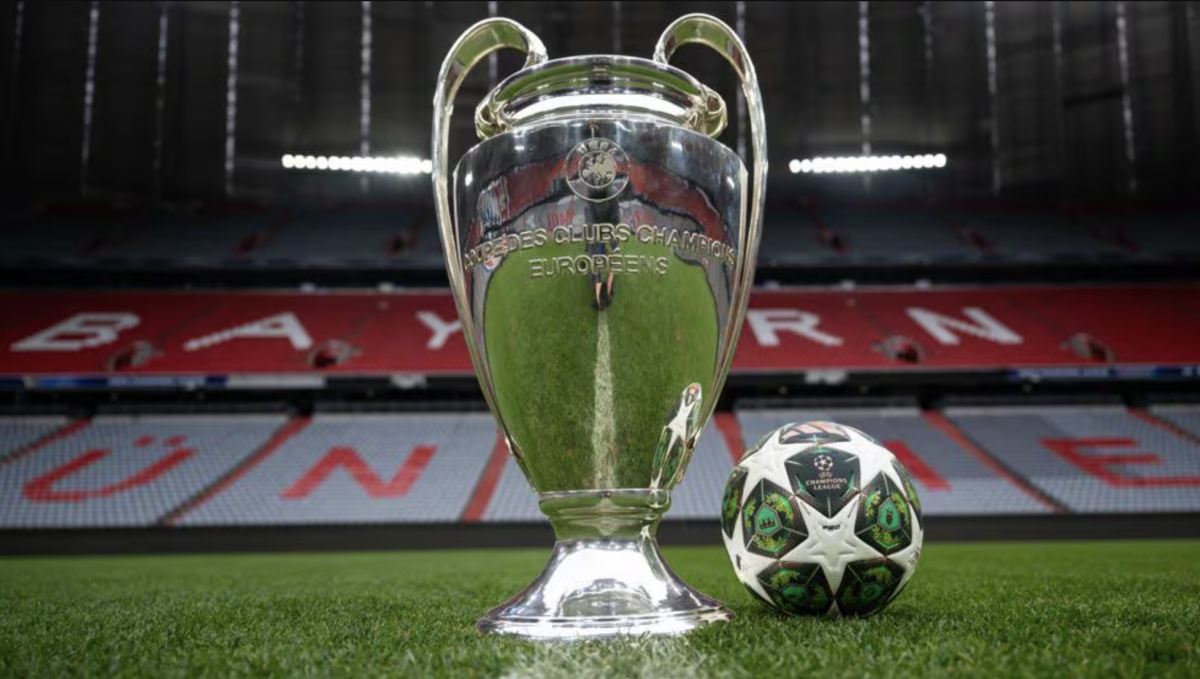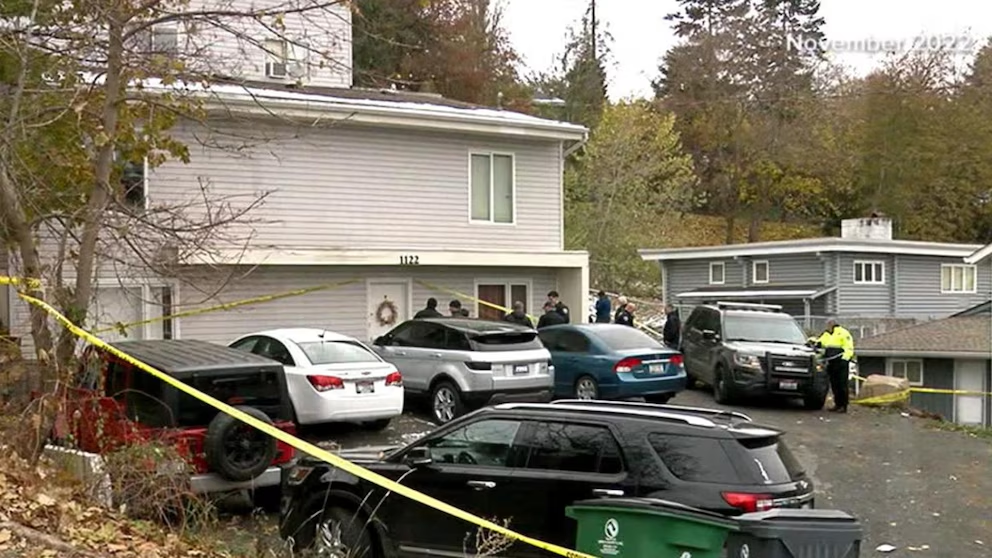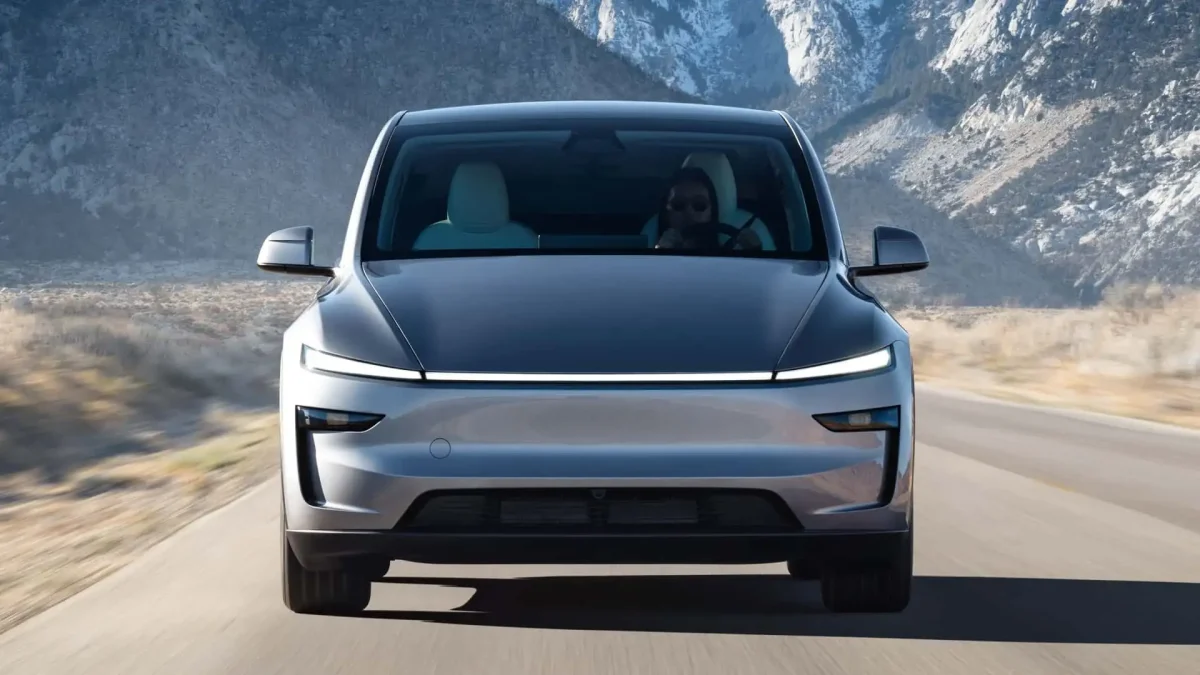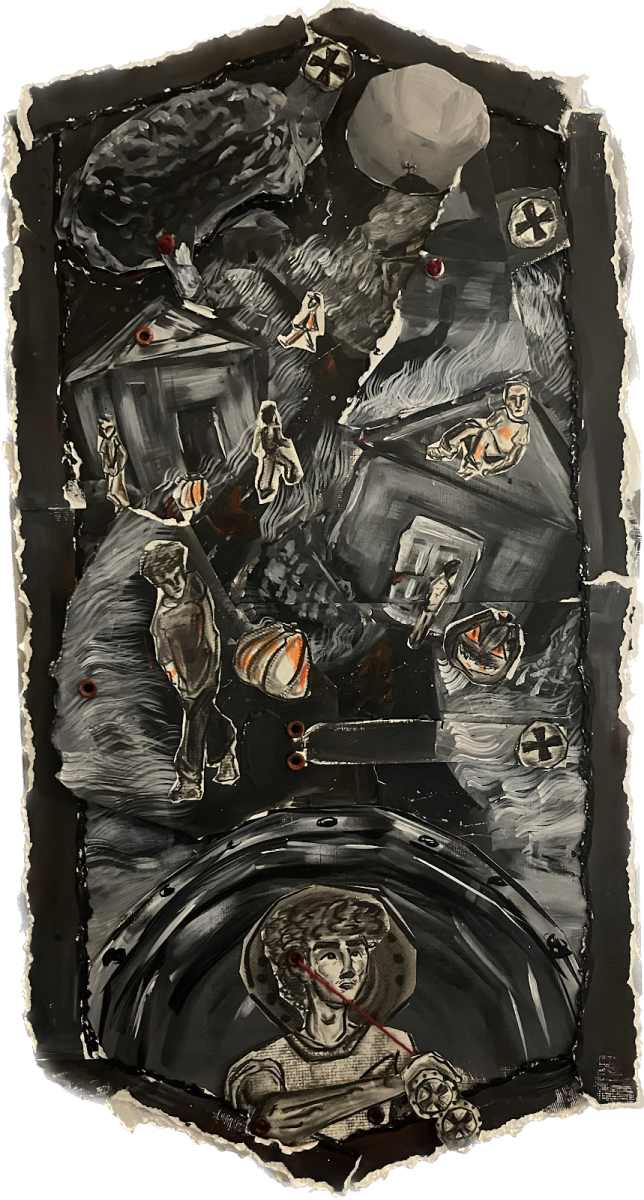Public v.s. private schools: which is better?
November 3, 2021
Public schools vs private schools is a controversial discussion that is ongoing. Earlier this year, I applied and was accepted to a private school, but after realizing the expensive tuition cost and the impact it would have on my future, I backed out. Earlier, I was convinced that private schools were a utopia, much better than public schools. However, I later understood the benefits of public schools compared to private schools. Not only do public schools expose students to “the real world”, but they foster more friendly environments and provide a more well-rounded learning experience.
Students who attend private schools do not gain exposure to the wide range of people, communities and issues that public school students do. Although private schools generally foster a more competitive environment and students are much more likely to dedicate themselves to academics, students rarely gain exposure to the real world including socioeconomic diversity: race, class and religion. Therefore when students graduate from high school and move on, they are exposed to reality instantly, as opposed to public school students who are at an earlier age making it easier to adapt.
Public education provides a friendlier environment compared to private schools. Since many who attend private schools are under pressure to perform and exceed their peers in order to take full advantage of the money they pay to attend such school, the environment is inherently much more competitive. This is also partly because the schools are funded by parents and private donors. Because the parents pay for the school, they also gain power in influencing the school and teachers.
“Things were shifting in the world of private schools. Parents were gaining an ugly new sense of power,” retired private school teacher Caitlin Flanagan of Harvard-Westlake said.
Since private school parents are paying a lot to the school for this education, they expect their children to be exceptional and will push their kids to excel. Flanagan cites an example of when one of the students received an A- on an assignment and the parents called the teacher to talk to them about why their child received an A-. To take it even further, the parents set up an in-person meeting and argued with the teacher for an hour about why their student should have received a higher grade. This example is one of many, illustrating the competitive environment at private schools. A school in which this behavior is normalized pressures students to perform past their limits, and encourages a toxic community.
Next, private schools are detrimental to society in general because they breed inequality. If the more privileged students can pay to get a better education that will take them further in life, it puts them at a significant advantage. This only exacerbates the gap between rich and poor that already exists: the rich keep getting richer and the poor keep getting poorer. Although this impact may seem small and insignificant, over long periods the gap grows. Society right now already has inequality, therefore, putting the rich at a better starting point will only increase the inequality.
In the end, private schools provide a learning environment that is distinct from public schools. Although facilities are more generously funded, the students lack real-world knowledge and holistic education. To add, the environment at public schools is much more easy-going and friendly, compared to the toxicity that many face at competitive private schools. Lastly, from a long-term perspective, private schools contribute to inequality in society. Although it would be very tough to push for change in private school curriculums and communities, a possible solution could be for the government to offer more scholarships or subsidized education so that students who want to succeed but might not have the means to do so, can overcome economic barriers.


